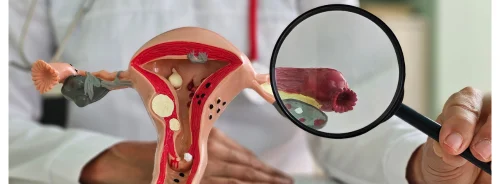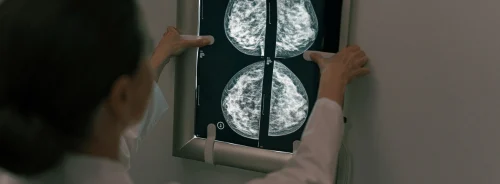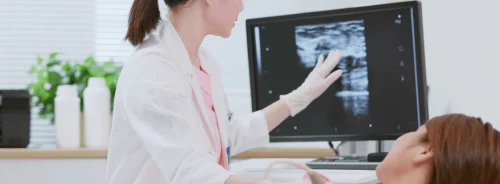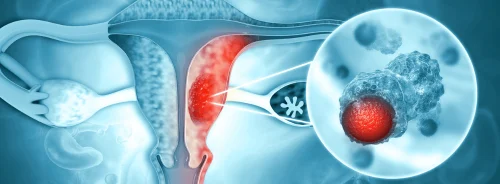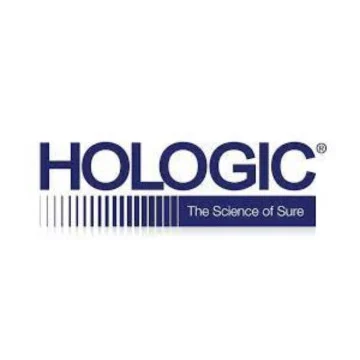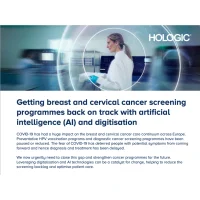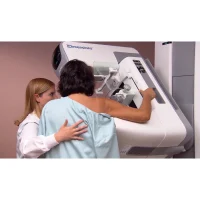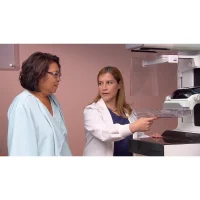--Hologic’s Acessa® Procedure Now Part of the Procedural Intervention Standard of Care for Uterine Fibroids--
Hologic, Inc., a global leader in women’s health, announced today that the American College of Obstetricians and Gynecologists (ACOG), in its updated guidance for Management of Symptomatic Uterine Leiomyomas, supports the use of laparoscopic radiofrequency ablation (Lap-RFA) for the treatment of uterine fibroids.
The inclusion of Lap-RFA in ACOG’s updated guidance means that Hologic’s Acessa® procedure can be considered as a minimally invasive, uterine preserving option for patients with symptomatic leiomyomas who are counseled about the limited data on reproductive outcomes.1 While Lap-RFA can be a safe and effective treatment option for many women, ACOG’s guidance acknowledges that access to RFA technology remains limited.1 ACOG’s recognition of Lap-RFA treatment as an alternative to hysterectomy or myomectomy is an important step toward expanding access to this important evidence-based minimally invasive option.
“This is a significant milestone for the millions of women who suffer from uterine fibroids, and for the physicians who treat them,” says Essex Mitchell, Division President, GYN Surgical Solutions, Hologic. “By supporting the use of Lap-RFA in its updated guidance, ACOG will inspire physicians to offer more options, like the Acessa procedure, that bridge the gap between medical management and major surgery for uterine fibroids.”
“Treating a benign condition such as uterine fibroids with full removal of the uterus through hysterectomy is not necessary for most patients, especially with less invasive options readily available,” says Dr. Soyini Hawkins, MD, MPH, FACOG. “Within my own practice, the Acessa procedure has been a valuable option to not only improve outcomes but also quality of life for women living with uterine fibroids. ACOG’s updated guidance in Practice Bulletin Number 228 will help physicians and patients considering fibroid treatment recognize Lap-RFA as a safe and effective uterine sparing option.”
The Acessa procedure provides a minimally invasive, uterine-sparing surgical option for women with symptomatic fibroids who would otherwise require more invasive intervention. Acessa Lap-RFA involves a simple three-step approach: visualize, deploy, and treat. This treatment combines laparoscopic ultrasound with radiofrequency ablation to destroy fibroid tissue through coagulation necrosis. It does not require laparoscopic suturing and patients typically go home on NSAIDs.2 By approaching fibroids laparoscopically, physicians benefit from a full view of the pelvic anatomy throughout the procedure.

